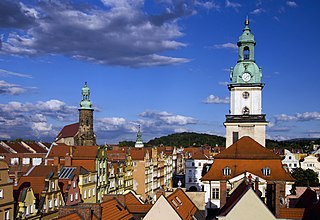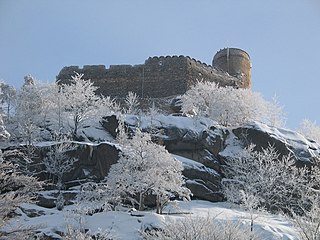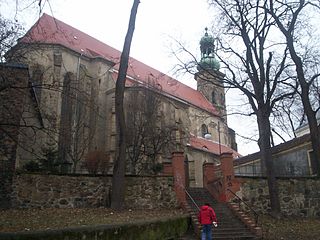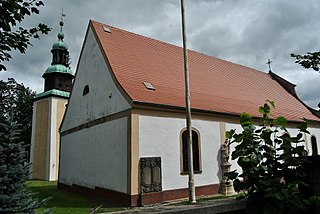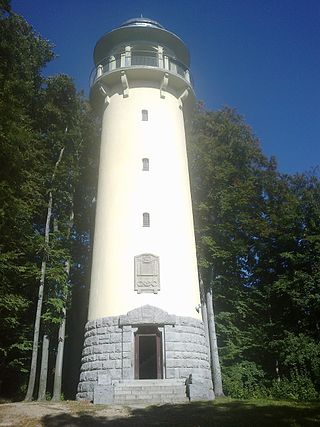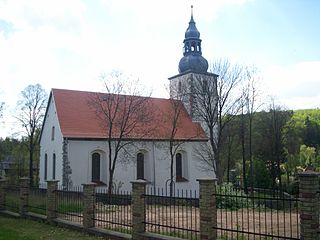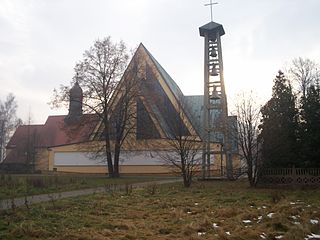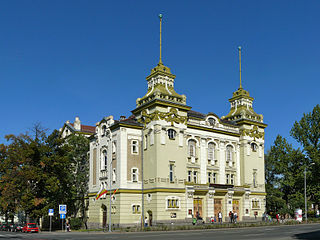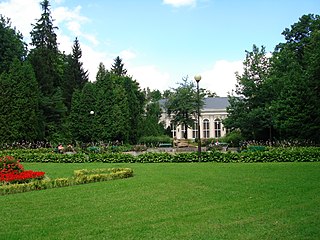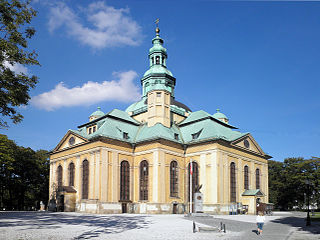10 Sights in Jelenia Góra, Poland (with Map and Images)
Legend
Welcome to your journey through the most beautiful sights in Jelenia Góra, Poland! Whether you want to discover the city's historical treasures or experience its modern highlights, you'll find everything your heart desires here. Be inspired by our selection and plan your unforgettable adventure in Jelenia Góra. Dive into the diversity of this fascinating city and discover everything it has to offer.
Sightseeing Tours in Jelenia Góra1. Baszta Wojanowska
Jelenia Góra is a historic city in southwestern Poland, within the historical region of Lower Silesia. Jelenia Góra is situated in the Lower Silesian Voivodeship, close to the Karkonosze mountain range running along the Polish-Czech border – ski resorts such as Karpacz and Szklarska Poręba are situated 10 to 15 kilometres from the city. Jelenia Góra constitutes a separate urban gmina as well as being the seat of surrounding Karkonosze County. In 2021 the population of Jelenia Góra was 77,366. The area, including the oldest spa district of Cieplice Śląskie-Zdrój, is one of the most valued recreational and leisure spots in Poland.
2. Chojnik Castle
Chojnik Castle is a castle located above the town of Sobieszów, today part of Jelenia Góra in southwestern Poland. Its remains stand on top of the Chojnik hill within the Karkonosze National Park, overlooking the Jelenia Góra valley.
3. Bazylika pw. Świętych Erazma i Pankracego
The Basilica of St. Erasmus and St. Pancras in Jelenia Góra - it is an orientated, Gothic three-nave four-bay basilica mentioned for the first time in 1303 after its fire, rebuilt in the fourteenth century, rebuilt in the fifteenth and sixteenth centuries. The oldest and most important temple in this city. A typical example of a Gothic church with ogival door and window frames, a rib vault and buttresses.
Wikipedia: Bazylika św. Erazma i św. Pankracego w Jeleniej Górze (PL), Website, Facebook, Heritage Website
4. Kościół pw. św. Marcina
St. Martin's Church is a Catholic church in the Sobieszów district of Jelenia Góra. It was erected on a flat slope above the Wrzosówka stream, above the center of the former village of Sobieszów.
5. Wzgórze Krzywoustego
Krzywousty Hill – located in the bend of the Bóbr River, near the mouth of the Kamienna River, the hill of the Rybnica Upland. From the west, the hill borders with the railway viaduct of the Jelenia Góra-Gryfów Śląski and Jelenia Góra-Szklarska Poreba lines. Between the hill and the riverbed, there is a renovated walking road to Siedlęcin through the Pearl of the West. At the top of the hill there is an observation tower built in 1911, called Grzybek due to its characteristic roof, from which there is a panorama of the Karkonosze Mountains and the city of Jelenia Góra. Initially, there was a restaurant at its top and at its feet, which was liquidated after the war. The current appearance of the tower is due to the revitalization, which was completed in 2009. The building is looked after by the St. Brother Albert Association, and admission to the observation deck is free.
6. Kościół pw. Świętych Apostołów Piotra i Pawła
The Church of Saints Peter and Paul in Jelenia Góra - mentioned in 1318, the present one was erected in the years 1646-1681, rebuilt in the 18th century, restored in the 19th and 20th centuries. Late Gothic, castelled. It is made of brick, on a rectangular plan, aisleless, with an interior covered with a three-bay barrel vault with lunettes, with a tower added to the west and a porch from the south, covered with a gable roof and an onion-shaped cupola with a lantern on the tower. Baroque furnishings: main altar, side altars, pulpit, baptismal font, wooden sculptures. Currently a Catholic parish. It is located in the Maciejowa district, at Wrocławska Street.
Wikipedia: Kościół Świętych Apostołów Piotra i Pawła w Jeleniej Górze (PL), Facebook
7. Kościół pw. Świętego Wojciecha
St. Adalbert's Church in Jelenia Góra – erected around 1500 in the late Gothic style, thoroughly restored in the years 1964–1970, at the turn of the eighties and nineties of the twentieth century, a nave was added, which today is the main ritual part of the church. The furnishings of the old part of the church are Baroque: the main altar, pulpit, organs, wooden sculptures, oil canvases. Classicist sandstone baptismal font from the nineteenth century. Currently a Catholic parish. It is located in the Zabobrze district, at Stanisława Moniuszki Street.
Wikipedia: Kościół św. Wojciecha w Jeleniej Górze (PL), Website, Facebook
8. Teatr im. C.K. Norwida
The Cyprian Norwid Theatre in Jelenia Góra is a Polish repertory theatre founded in 1945. The Norwid Theatre in Jelenia Góra has two stages: Main Stage and Studio Stage. The theatre is named after Cyprian Norwid.
9. Park Zdrojowy
The Spa Park in Cieplice Śląskie-Zdrój – a spa park in Cieplice Śląskie-Zdrój, located in the spa part of the city, north of the Norwegian Park. The southern border of the park is run by the Wrzosówka River.
10. Kościół pw. Podwyższenia Krzyża Świętego
Exaltation of the Holy Cross Church is an originally Lutheran, now Roman Catholic church in Jelenia Góra, Poland. It is one of the Grace Churches, built in Silesia after the intervention of Swedish king Charles XII, who forced Austrian Emperor Joseph I to provide right for Protestants.
Wikipedia: Exaltation of the Holy Cross Church in Jelenia Góra (EN), Website, Url, Website, Url 1
Share
How likely are you to recommend us?
Disclaimer Please be aware of your surroundings and do not enter private property. We are not liable for any damages that occur during the tours.
